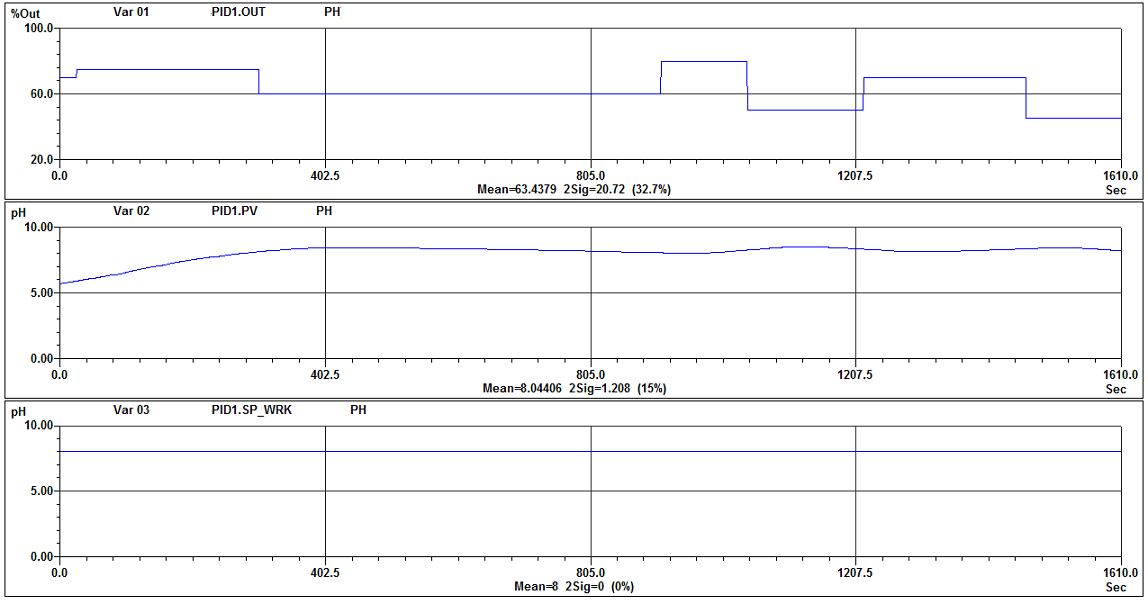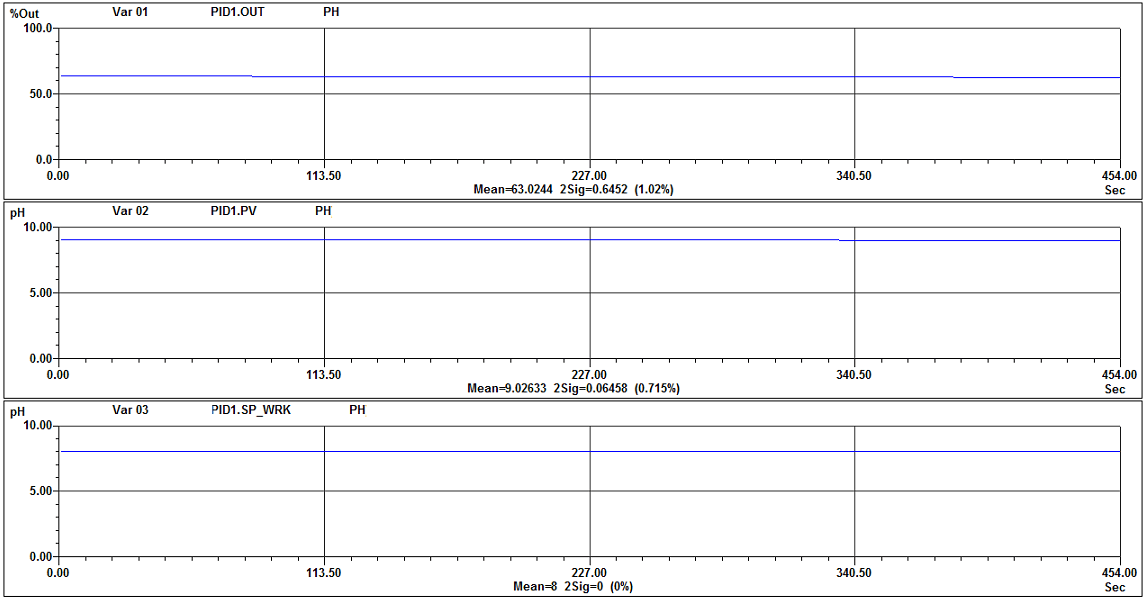In adhesive production processes, coalescers and separators are used to accelerate the separation of immiscible liquid (completely insoluble) dispersions.
I learned about this from Emerson’s Sudhir Jain and Mark Coughran, who shared a recent visit they made with an adhesives producer to address the control performance challenges they faced. They were seeking consulting help to improve control performance on their coalescers, distillation columns and reactors. They also sought to reduce interactions between control loops in the same unit operations.The first step was to meet with the plant engineering and operations staff to assess the current operating state. The process takes a feed from the reactors through a series of coalescers and separators until the desired specifications for the adhesive being produced is achieved.
What Sudhir, Mark and the team found were that all of the coalescers were being operated in manual mode and the separators were running in automatic mode but continuously cycling within their operating range. The trends showed the operators having to make frequent manual step changes to the coalescers to keep the process producing within specification limits.
After analyzing the current state, the next step was to analyze all of the control loops in the reactor, coalescers and distillation column to determine the dynamics of the process and to assess the quality of control. The team used the EnTech Toolkit, one of the control performance tools used by Sudhir and the control performance consultants.
From the data collected and analyzed, the solution was to change the lambda tuning constant to reduce or eliminate interactions between loops. Also, the individual loops proportional-integral-derivative (PID) controller settings were adjusted to achieve optimum response.
Upon making these changes, the coalescers were placed back into automatic mode and no longer required frequent operator intervention to maintain the process within its required operating range.
Sudhir shared with me some before and after pH control trend charts from another part of the plant also were requiring frequent operator manual interventions to keep within required operating ranges. They followed a similar path of measuring the process dynamics and re-tuning the loops involved to be able to let them operate in automatic mode.
Before
After
Sudhir and Mark summed up this effort and what it meant to this adhesive producer. The team was able to reduce operator intervention into the process and reduce overall variability. They were able to decouple most of the interacting control loops and improve overall control performance. These improvements also meant that the operators could focus their efforts on other unit operations in the plant to further improve reliability and performance.
You can connect and interact with other control performance experts in the Improve & Modernize group in the Emerson Exchange 365 community.








